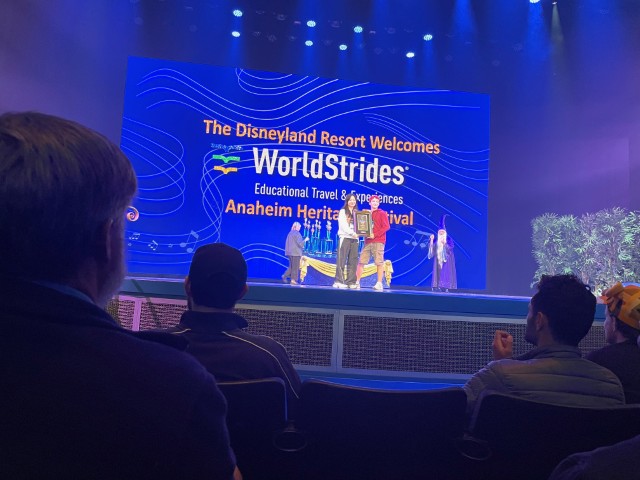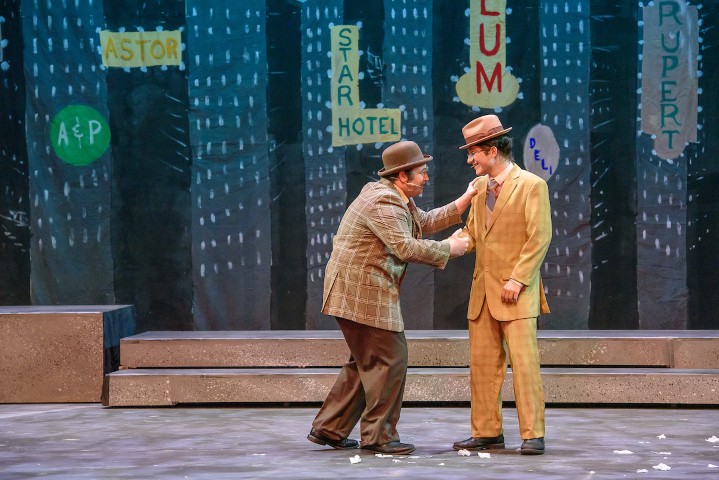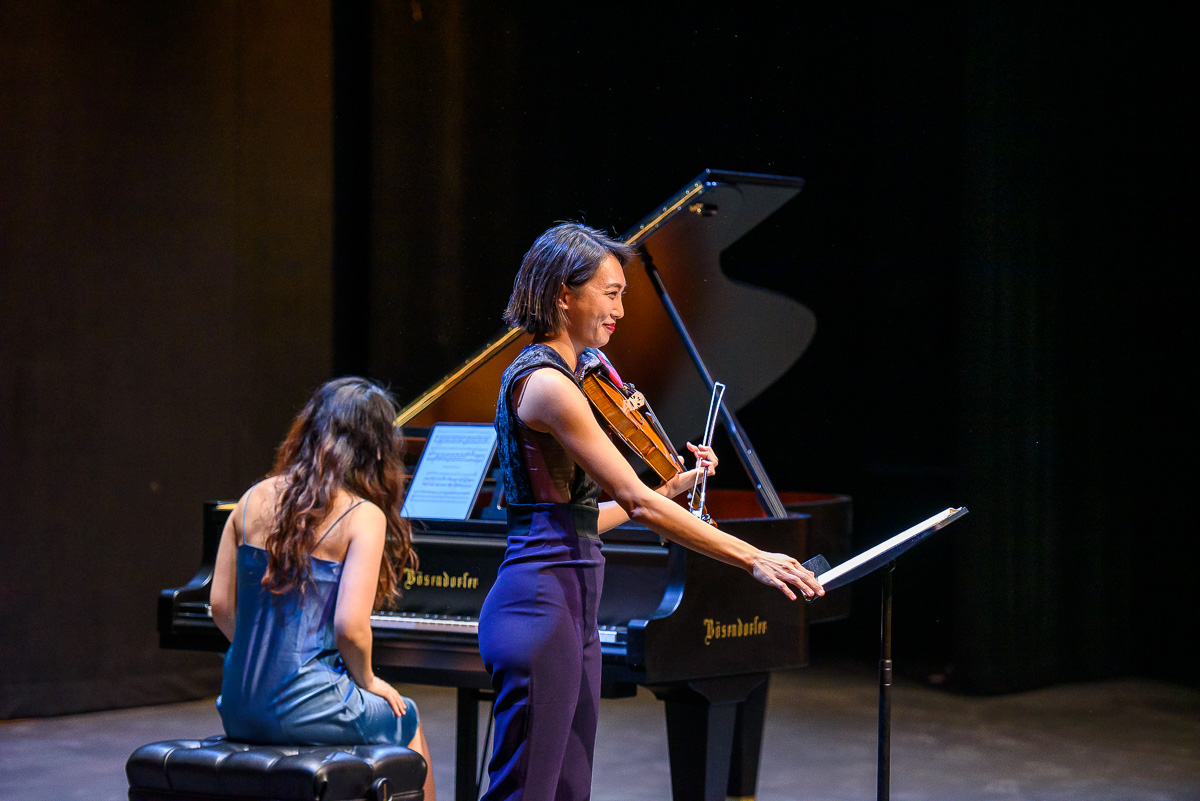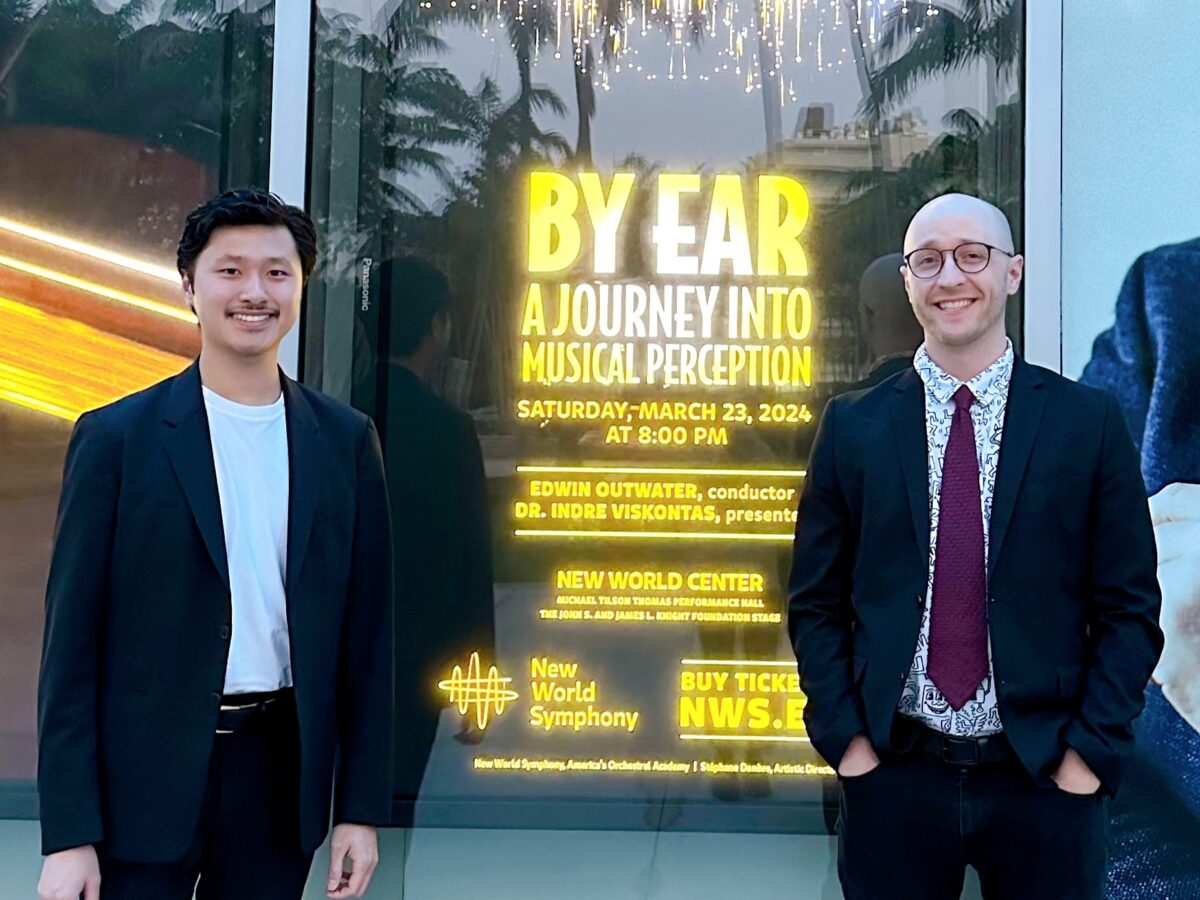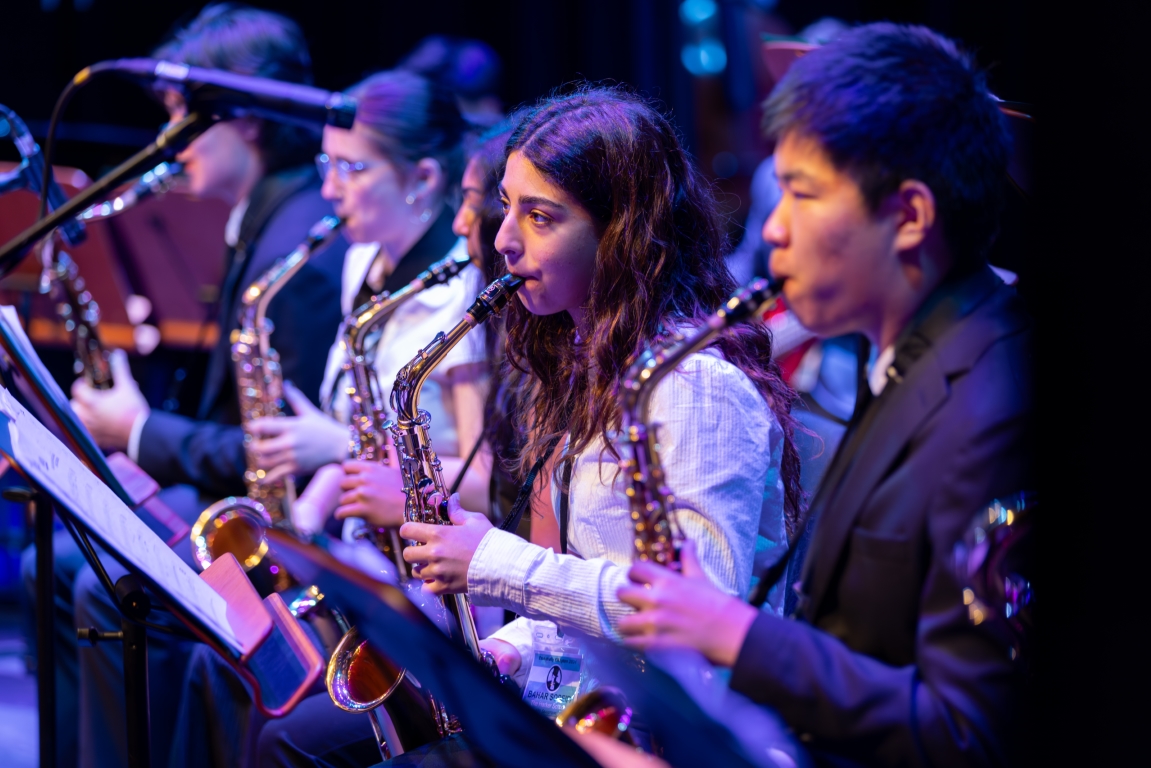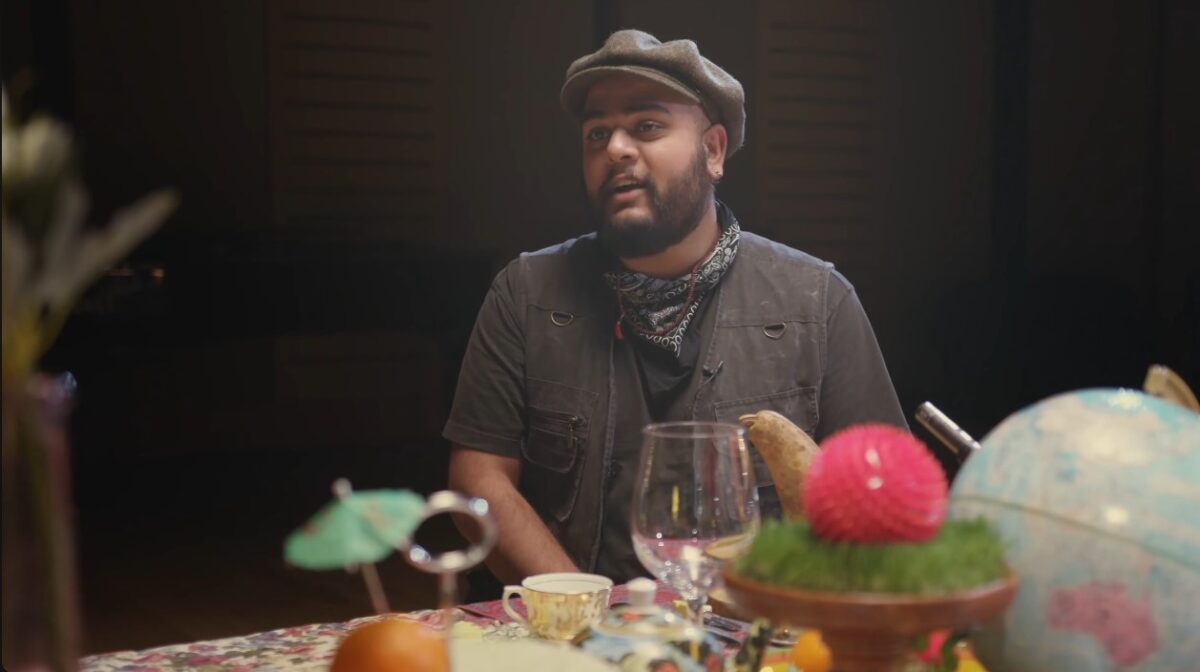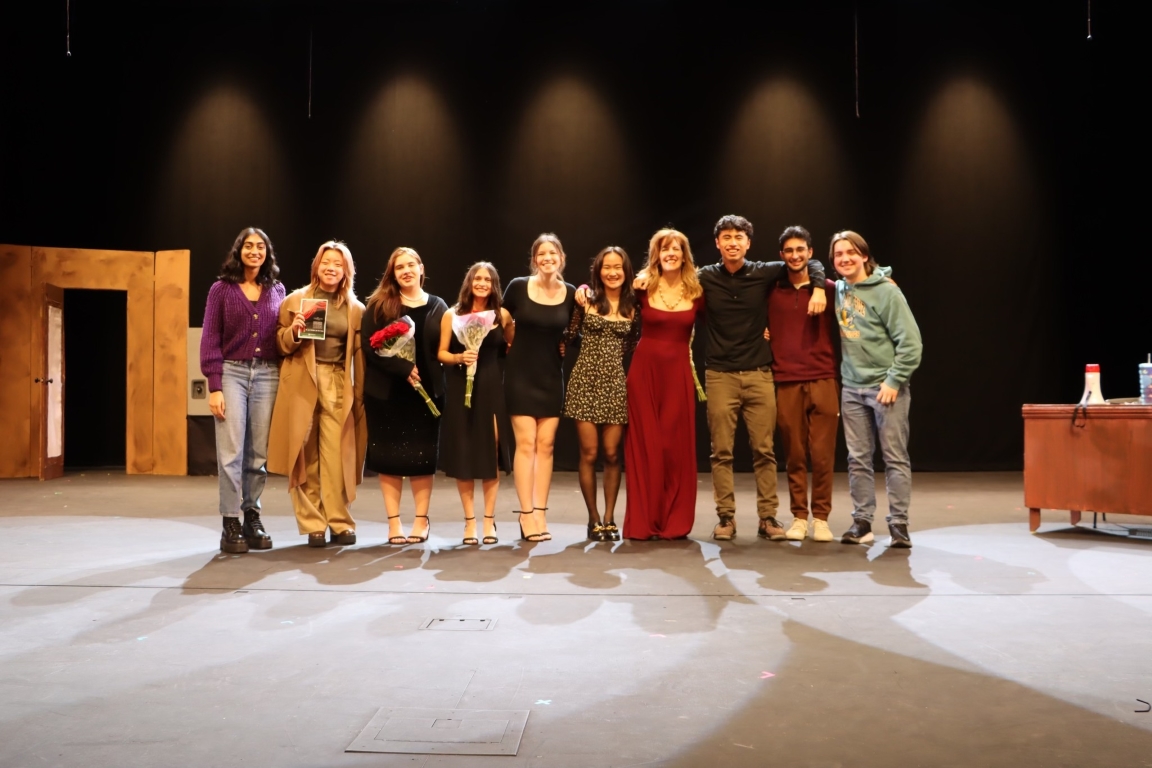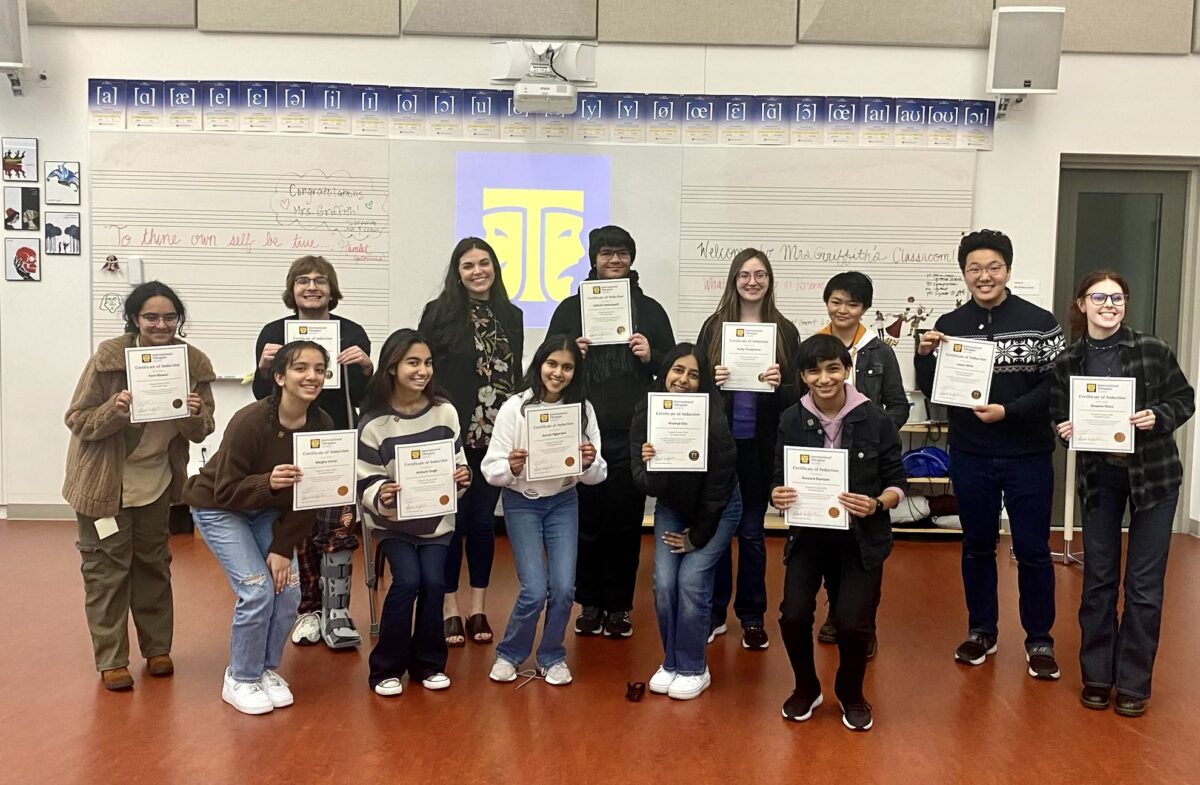Harker vocal groups Festival Chorus and Capriccio received honors in their respective divisions at the WorldStrides Heritage Festival.
toppa
Two juniors nominated for 2025 Rita Moreno Awards
Juniors Tom Campisi and Simon Kirjner have been nominated for Rita Moreno Awards.
Harker dance groups take top spots at Festival of Champions
Over the weekend, three Harker dance teams placed in the top three of their respective divisions at Cupertino High’s Festival of Champions.
Violinist Nancy Zhou packs Patil Theater for Harker Concert Series performance
Violinist Nancy Zhou played to a packed Patil Theater on Friday night, joined by San Francisco-born Serena Wang, a performer with major orchestras throughout China and the United States.
Singers qualify for CCDA regional Honor Choir
Earlier this month, 14 upper school students qualified for the California Choral Directors Association’s Coastal Region Honor Choir.
Music teacher’s piece performed at music and neuroscience event
A piece composed by upper school instrumental music teacher Jaco Wong was performed in late March by the New World Symphony in Miami.
Jazz band attends Essentially Ellington festival, two students take home awards
During the February break, the upper school jazz band traveled to Orlando, Fla. with music teachers Dave Hart and Jaco Wong to participate in the Essentially Ellington Festival.
Adi Parige ’11 wins Jury Short Film Award at Alameda Int’l Film Festival
Parige received the award for “The Lascar,” a short film he wrote and directed in New Zealand.
Students deliver another successful Student Directed Showcase, visited by alums
This past weekend, the Harker Conservatory presented the 2024 Student Directed Showcase, which featured a series of four one-act plays produced and directed by Harker students.
15 students inducted into International Thespian Society
15 Harker students were recently inducted into the International Thespian Society, an honors society for middle and high school theater students.
